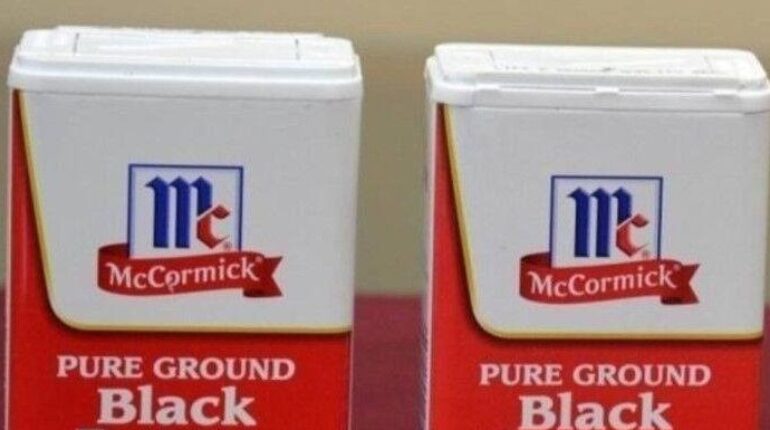📌 Pepper Tin Lawsuit Exposes Packaging Tricks — Here’s How to Spot Them Before You Buy

Posted 9 August 2025 by: Admin
What looks like a simple pepper tin could be hiding a big secret. A recent lawsuit reveals how packaging tricks can mislead even the most careful shoppers — and why checking the fine print matters more than you think.
Many People Cannot Tell the Difference Between These Things — But It’s Crucial You Do
The Importance of Small Differences in Everyday Products
In the modern shopping world, where shelves are stacked with endless choices, the smallest details can have the biggest impact on your wallet. Unfortunately, many consumers overlook these details. A perfect example is the ongoing dispute between McCormick & Co. — one of the most recognized spice brands in the world — and Watkins Inc., a respected competitor. At the heart of this controversy is something that might surprise you: the actual amount of pepper inside their tins.
The Pepper Shaker Controversy Explained
Watkins alleges that McCormick has quietly reduced the amount of black pepper in its tins by approximately 25%, dropping from around 8 ounces to about 6 ounces, without making noticeable changes to the tin’s exterior. This has led many shoppers to assume they are buying more pepper than they truly are. The difference isn’t visible at first glance because McCormick uses opaque containers, while Watkins uses smaller, transparent packaging that clearly shows its contents.
Watkins argues that this tactic misleads customers and may even violate consumer protection laws. On the other hand, McCormick maintains that the net weight is printed clearly on its labels, meaning consumers have the information they need — if they read it.
Why This Matters to Consumers
Packaging plays a huge role in how we perceive value. When two products sit side by side on a shelf, the one with a larger container often feels like the better deal, even when the contents are identical in weight. This perception bias means shoppers may unknowingly pay more for less.
The stakes are high: aside from Watkins’ claims, a class-action lawsuit filed by McCormick customers accuses the company of deceptive practices. These legal cases are currently working their way through the federal court system, and the outcomes could influence future labeling laws and packaging regulations nationwide.
The Trust Factor — Why Transparency Is Key
Trust is the foundation of customer loyalty. When a brand is perceived as misleading, it risks damaging its reputation for years to come. This controversy is a wake-up call for both companies and consumers: transparency in packaging isn’t just good ethics, it’s good business.
What Shoppers Can Do
- Read labels carefully — Always check the net weight rather than relying on container size.
- Compare unit prices — Price per ounce or gram is a better indicator of value.
- Be aware of visual tricks — Larger packaging doesn’t always mean more product.
- Support honest brands — Reward companies that practice clear and transparent labeling.
The Bigger Consumer Lesson
Whether or not McCormick is ultimately found guilty, this case serves as a valuable reminder: being an informed shopper can save you money and ensure you get exactly what you’re paying for. Next time you’re comparing products, don’t let appearances fool you — read the fine print, check the net weight, and make your purchase with confidence.
FAQs
1. Why is McCormick being sued over pepper tins?
McCormick is accused of reducing the quantity of pepper in its tins without changing the container size, potentially misleading consumers.
2. How much less pepper is in the tins now?
According to the claims, McCormick reduced the contents from about 8 ounces to 6 ounces — roughly 25% less.
3. How can consumers protect themselves?
Always check the net weight and compare the unit price rather than relying on visual size.
4. Does this affect all McCormick products?
The lawsuit specifically involves black pepper tins, but it’s a reminder to be cautious with any packaged goods.




















